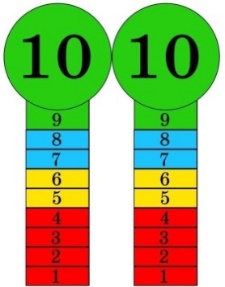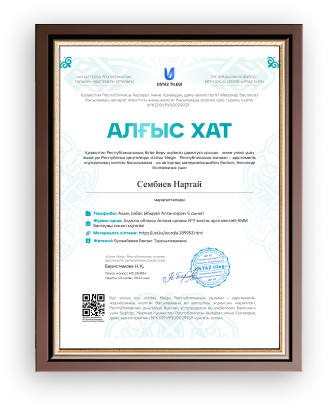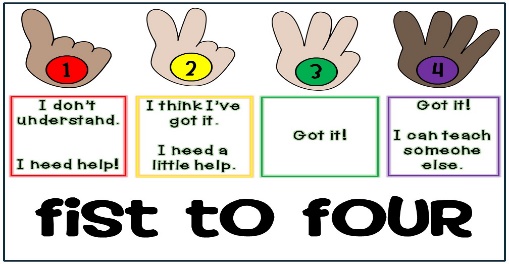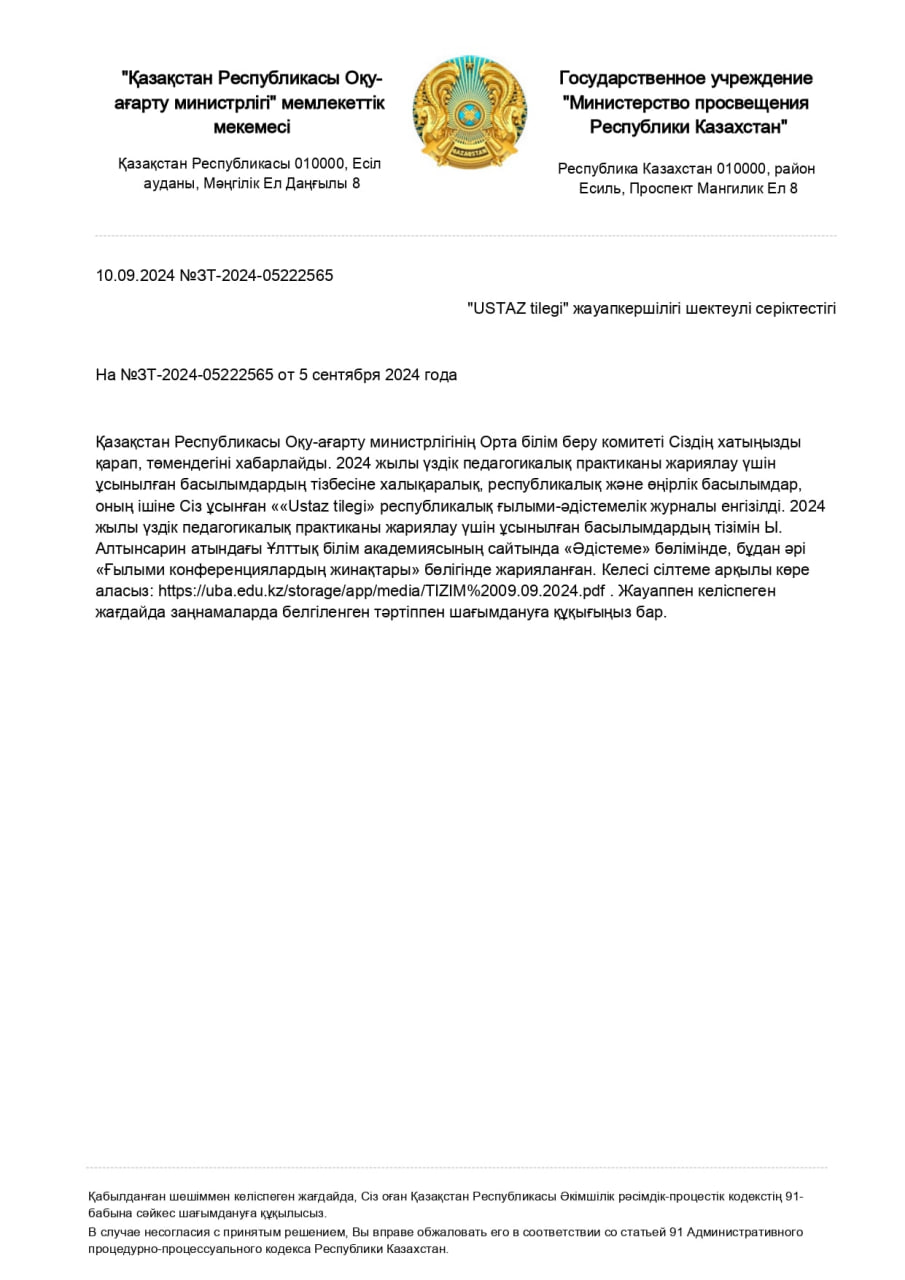|
Beginning of the
lesson
Warming-up
3
min.
Pre-learning
«Brainstorming»
method
7
min.
|
Organization moment
:
1.Greeting.
Ask about the
weather.
The teacher sets the lesson
objectives, letting students know what to anticipate from the
lesson.
Warming
up
Where are you
from?
How old are
you?
What color is
it?
How many students
are there in class?
What day of the week
today?
Lead –
In:
-What do you see in the
picture?
-How much time do pupil
sleep?
-What should we do to have good night’s
sleep?

|
The aim:
To develop pupils speaking skills and create
friendly atmosphere
Efficiency:
By wishing each other they feel better and feel
the support of others
Students of the class are
listed.
Learners remember
previous lesson vocabulary
Learners
answer the questions
|
The teacher to assess learners for
their ability.
“Good job!
Well done!”
Formative
Assessment

Good
job!
Assessment
criteria
make basic statements
related to the
literature
Descriptor:
- answer the
questions
Total: 2 point
|
Picture
|
|
Middle of the lesson
Presentation part.
30
min
|
Ex:1
P:88
• Draw Ss attention to the picture. Go
through the key words and title and elicit meanings of vocabulary.
If necessary, check meaning in Ss' L1
Ex: 2 P:
88
•
Elicit predictions from the Ss about the
text.
Play the recording. Ss listen and read to find
the answer.
Check Ss' answers
Ex: 3 P:
88
•
Explain the task.
Ss'
first go through the Check these words box and look up the meaning
of any unknown words.
Allow Ss time to complete the
task.
Check Ss' answers.
Ex: 4 P:
88
•
Explain the task and allow Ss time to formulate
answers.
Elicit answers from around the
class.
Conclusion during the lesson some tasks differentiated by
outcomes of the students and by their
abilities
|
• Learners look at the picture and read the title
and the key words.
ANSWERS
Student’s own
answer.
Differentiation:
«Verbal support» method is used to help Ss use new words in the
sentences.
• Learners listen and read to find out.
Answer the question.
ANSWERS
I
think the text is about how much sleep teenagers need and the
negative effects of not getting enough
• Learners read the text again and mark
the statements.
ANSWERS
1 F
(They are trying to get a little more.)
2F
(They feel sleepy later and take longer to wake
up.)
3
T
4 F
(It can harm your diet, and you may eat more unhealthy food to keep
you awake.)
5T
6
T
• Learners answer the
question.
ANSWERS
The article is for teenagers, as it
addresses the reader as 'you'describes a teenager's experience, and
gives advice relevant to teenagers. It has a lot of information
about sleep patterns in teenagers, but it is also written to
persuade them to change their routines to get enough sleep at
night.
|
Descriptor:
- look at the
picture
- read the title and the key
words
Total: 2 point

Self
assessment
Descriptor:
- listen and read to find
out
- answer the
question.
Total: 2 point
Descriptor:
- read the text
- mark the
statements
Total: 2 point
Descriptor:
- read
thext.
- answer the question.
Total: 2 point
|
Students book
|






















